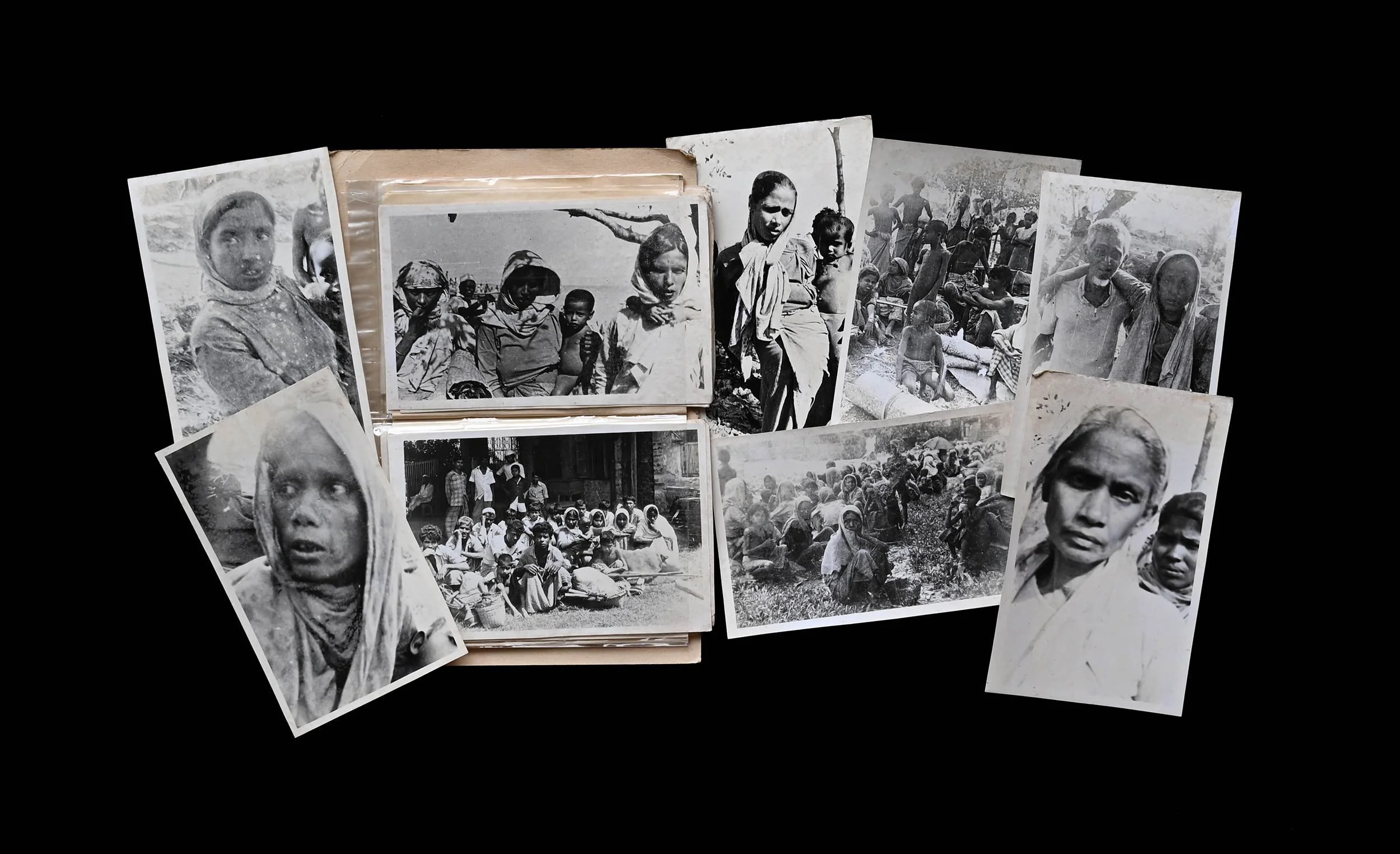on February 6, 1978 immigration officials swept into Akyab launching the Naga Min Operation or Operation Dragon King. In Arakan, the operation was launched as an ‘immigration operation’ attempting to cut down on illegal ‘Bengali’ immigrants. Instead it targeted Rohingya with violence, arrests and killings. Tens of thousands of Rohingya fled into neighboring Bangladesh.
Over the course of three months, more than 200,000 Rohingya fled to Bangladesh. Most of the Rohingya who fled Operation Naga Min in 1978 were permitted to return to Burma, but Burmese authorities labeled them as Bengali ‘foreigners’.
Here is a collection of original photographs of Rohingya who were forced to flee to Bangladesh as a result of Operation Naga Min in 1978.
Late 1980s - Soldiers for the Arakan Rohingya Islamic Front (ARIF) training in the jungles along the Burma/Bangladesh border.
“The political culture in Burma, every community had their movement, their armed movement. But there were two movements simultaneously under one: one was from the jungle, one was in the parliament. Our leaders fought through parliament. Similarly we also needed a movement in self-defense. If Rohingya could not develop their armed struggle, they would be finished.
“But the basic difference, the fundamental difference, is Rohingya existence is always at stake.”
Nurul Islam, Rohingya elder,
2023

